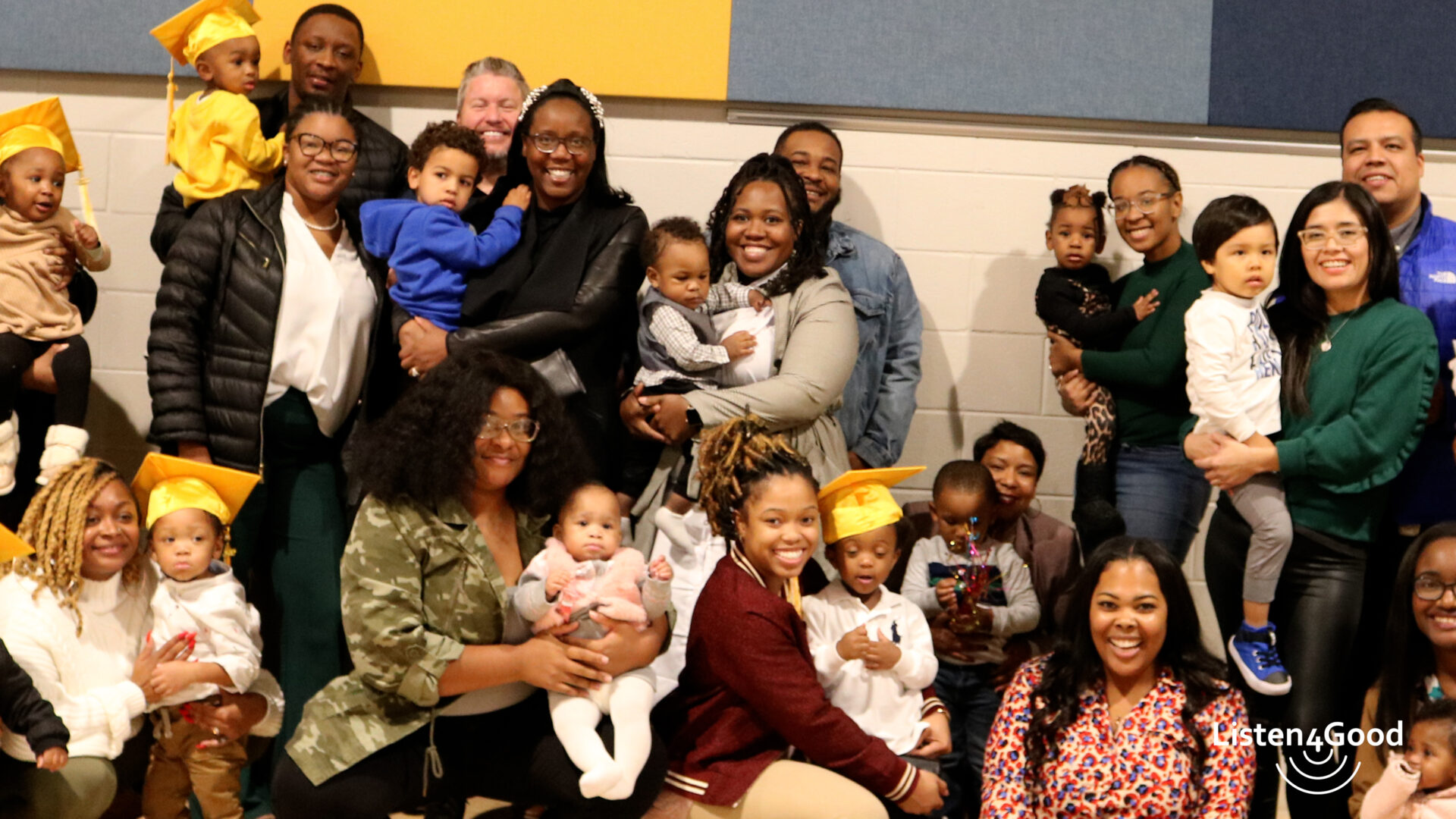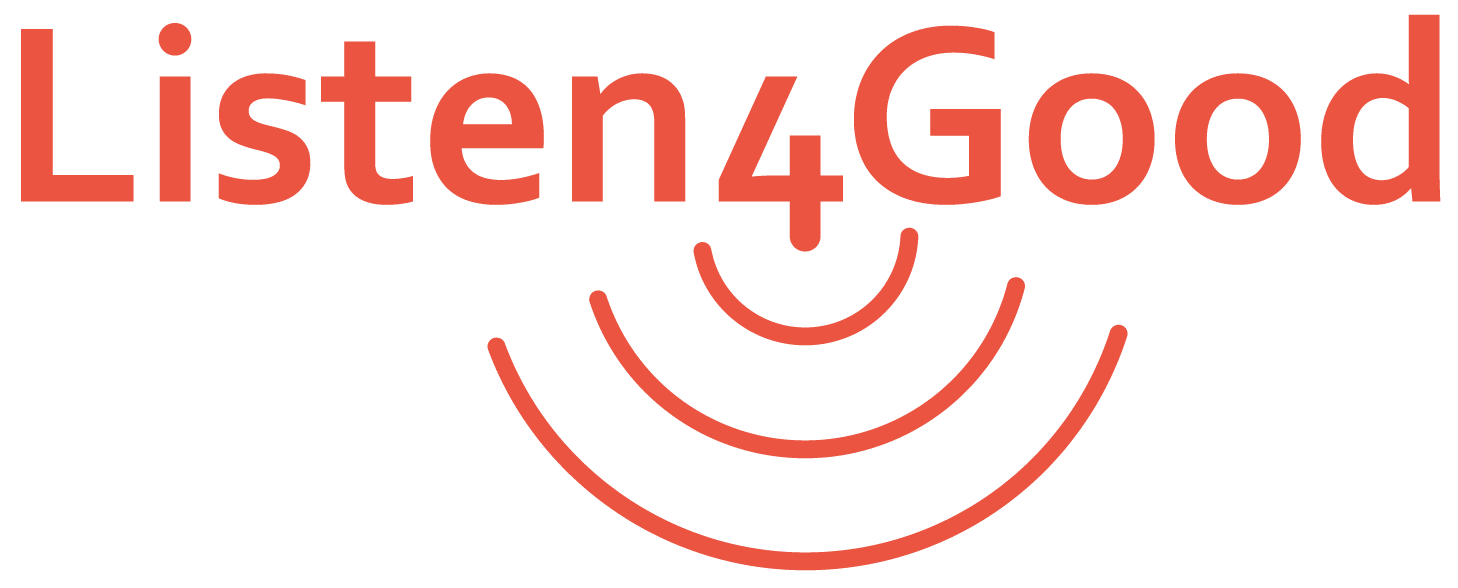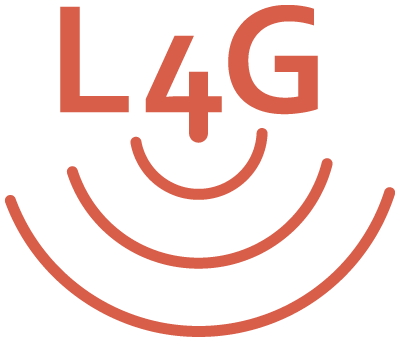- Articles & Blogs
AMA: Gathering Community Feedback Now-How to Do It Well
May 15, 2025
- Collecting Feedback
- Advisory Boards
- Closing the Loop
- Data and Impact
- Power and Equity
- Surveying

In May of 2025, we had rich conversations with 100+ organizations about how to effectively gather community feedback in this moment. Below are some of the key questions asked and tips that were provided.
Gathering Feedback
What are some suggested methods to ask for feedback?
- Surveys (online or paper).
- Focus groups or interviews.
- Polling or environmental scans.
- Advisory boards and town halls.
- Choose based on context and goals. Every method has pros/cons.
How often should we ask for feedback?
- In general, no more than every 6 months for the same group, unless programmatically justified.
- Ideally, allow enough time for program changes to be implemented before resurveying.
- Keep some anchor questions for comparison, but update others regularly to stay relevant.
How can we use feedback to inform new programming?
- Add questions to existing surveys interrogating “What else would you like to see us offer?”
- Use open-ended questions or discussions to identify gaps and solicit client ideas, which you can test with the broader community via surveying.
- Consider asking clients to prioritize among potential options, as this provides you with more ‘actionable’ feedback.
- Use insights from existing program feedback to suggest related service extensions.
How can we collect feedback when clients aren’t engaging with our services regularly?
- Go to them: Consider where your clients are, not just where your programs are delivered.
- Use text, phone calls, or paper surveys.
- Pair feedback requests with broader check-ins or engagement opportunities. Human connection is key these days.
- Make it feel like a relationship-building opportunity, not just a transaction.
- Ensure the participant trusts the person asking questions, but is also not biased by wanting to please that person.
How can we gather feedback in person at community forums or events?
- Set aside a few minutes before the end or during breaks. Play music or make it a short “activity time” to complete feedback together.
- Provide incentives (snacks, raffles, gift cards). Incentives are important, especially when the feedback survey or questionnaire will take someone considerable time to complete
- Allow anonymous submissions (drop box or envelopes).
How can we ensure confidentiality when gathering feedback in sensitive programs?
- In general, L4G recommends anonymous surveys when possible due to the power dynamics at play when providing feedback.
- If you must conduct confidential surveys (vs. anonymous), create ways on the back end to identify individuals. Do not ask people to self-identify.
- Always clarify how data will be used, who will see it, and how confidentiality is protected.
- Separate incentives (e.g., raffle entries) from survey responses to maintain privacy.
When should we use focus groups instead of surveys?
- Use focus groups when you want deeper qualitative insights or are doing more generative brainstorming.
- You can also use focus groups to explore why survey results look a certain way.
- Also, ideal when you need rich, story-based insight or want to explore sensitive issues.
- However, be mindful of social desirability bias; people may hesitate to share negative views in groups.
Is it okay to gather feedback from nonprofit partners instead of clients?
- Yes, but be aware of the limitations.
- Nonprofits can be trusted intermediaries representing clients if they have strong feedback practices with the community themselves.
- In many cases, nonprofits may not have these practices, so their perspectives may be biased by their own point of view.
- Funders and intermediaries should invest in building nonprofits’ feedback capacity.
How can we engage former clients for feedback?
- Phone calls or mailings may be more effective than email alone.
- Clearly explain the purpose of the outreach (e.g., to improve the program for future participants).
- Consider forming an alumni advisory group.
- Use incentives thoughtfully to boost participation.
Surveying
What makes a good survey (length, format, type of questions)?
- No more than 20 questions; fewer for youth or neurodiverse populations.
- Include both quantitative and qualitative questions (e.g., “What are we doing well?” “What could we do better?”).
- Keep language at a 4th-6th-grade reading level.
- Be clear on why you’re collecting feedback and how it will be used.
- Avoid duplicating data you have already collected elsewhere.
Advisory Councils
What are best practices for running advisory councils with both clients and staff?
- This is a very large topic, but here are a few tips:
- Use councils to shape surveys, review data, and guide actions.
- Use councils to go deeper on prospective topics.
- Avoid admin jargon. Use client-centered language.
- Be intentional with facilitation: breakout rooms, written input, and anonymous sharing.
- Be explicit about decision-making power that resides with the group. Are they providing input, but the organization ultimately has decision-making power? Is shared decision-making rights possible?
- Be continually sensitive to power dynamics; leaders should listen, not lead.
What should we do if participation in advisory councils or feedback events is declining?
- Ask directly why people have disengaged – are the councils a good use of their time? Are there logistical challenges to accessing?
- Ensure meetings are accessible (timing, childcare, food).
- Close the feedback loop: participants must see how their input was used.
Equity & Inclusion
How should we think about whose feedback to prioritize?
- Disaggregate responses by demographic data to reveal differences in perspectives and/or disparities.
- Prioritize feedback from historically marginalized groups where possible.
- Ensure survey respondent pool is representative of your actual client population.
How do we ensure our surveys are accessible, especially for those with cognitive challenges or language barriers?
- Ask clients how they prefer to receive and give feedback.
- Use simple language and familiar terms (avoid admin jargon like “case management”).
- Limit response scales to 3-4 options.
- Use visuals or pictorial responses if helpful.
- Offer paper surveys or phone interviews when digital access is limited.
- Involve clients in reviewing survey wording for clarity.
- Use translation phone lines with brief messages in different languages.
- Deploy multilingual staff or trained volunteers to help interpret.
- Leverage platforms like SurveyMonkey with multilingual capabilities.
Tracking Feedback
What’s the best way to track and aggregate one-on-one client feedback (e.g., from staff conversations)?
- Create a shared Google Sheet with simple tags (#feedback) and fields.
- Use CRM systems or internal notes tools to flag feedback.
- Periodically analyze for trends and themes.
- Keep a running document that can be categorized manually or with keyword searches.
Closing the Loop
What’s the best way to close the feedback loop?
- Share summaries: “What We Heard” and “What We’re Doing About It.”
- Use visual tools (flyers, slides, posters) to communicate results.
- Host community gatherings, focus groups, or town halls to review insights and invite dialogue.
- “Close the loop forward” by telling future clients what was changed based on past feedback before they even provide their own feedback.
How do we handle anonymous feedback but still use it for marketing or testimonials?
- Ask a follow-up question: “Can we contact you for permission to use this quote?”
- Separate identifying info from survey content to preserve anonymity.
- Follow up individually if you’d like to use a quote publicly.
How do we decide what feedback to act on now vs. later?
- In general, focus your surveys on areas you can influence. That said, sometimes, it’s also good to get an open-ended sense of outstanding needs in your community—even if that extends beyond your immediate purview.
- Use tools like impact/resource mapping to categorize feedback (e.g., high impact/low effort) and develop an action plan for responding to it.
- Acknowledge all feedback, even if action isn’t immediate.
- Share transparently what can be addressed now and what’s under exploration.
- L4G has helpful planners to support participating organizations with this step of the process, given its complexity.
Listen4Good’s capacity-building programs partner nonprofits with expert coaches and team members to build feedback systems tailored to your organization.
- Join an info session–Dates are added regularly.
- Schedule a meeting. Use this calendar to find a time that works for you.
If you’d like to participate, our Premium and Online+ programs start in July and January of each year. All you have to do is complete a short registration form. Please let us know if cost is a barrier; we’d be happy to explore sponsorship options.

